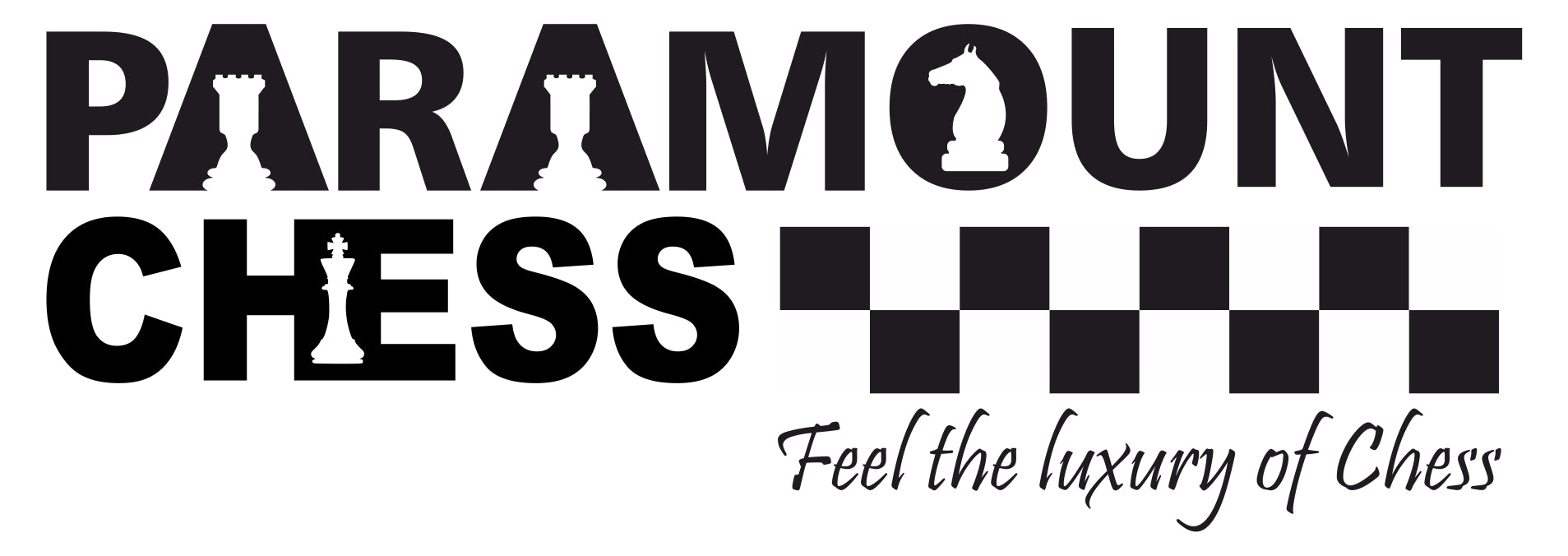
One of the more aggressive openings with ample mainline variations, the Sicilian Defence is a quick counter to any attempts of establishing authority from white. It is one of the most successful replies to the famous e4 move from white. There are more than 60 known Mainline Variations of Sicilian Defense. We have restricted our article to the most used and unique ones. A difference of just move may result in a new mainline variation. The Sicilian Defence, as popular as it is has opponents working hard to counter these variations.
Here are some statistics on the famous Sicilan Defence that shed light on the applicability of this tactic in chess games.

Some of the advantages of the Sicilian Defence include:
- It creates a strong possibility to distort the pawn structure of white.
- It encourages black to attack
- Aggressive opening that intimidates opponent
Some of the disadvantages of the Sicilian Defence include:
- Many combination of moves to defend for white
- In main variations, white gets many attacking options
- There is a lot of theory that needs to be studied.
Some of the main line variations include:
- Smith Morra Gambit
- Dragon Sicilian
- Najdorf Sicilian
- Closed Sicilian
- Classical Sicilian
Before moving onto the variations, please make sure that you are well versed with the algebraic notations. If not, check out our article on the different notations in chess here:
Now that we’ve got that out of the way, let’s learn more about these main line variations:
Smith-Morra Gambit Mainline Variation
This opening is popular among players just transitioning to formal training in chess. This variation involves the moves,
- e4 c5 (Sicilian Defence)
- d4 cxd4
- c3 dxc3 (White again offers the pawn on c3 as a Gambit) (The Gambit is accepted, if black captures this pawn with the black pawn on d4)
- Nxc3 (White uses it’s Knight to capture the black pawn on c3)

At first, it appears that this variation does more harm than benefit. But, this variation actually puts White in a great attacking position with the c and d files ready for attack. In addition to this, White has already developed it’s Knight. White also is the only player controlling the center of the board. The only drawback to this move is the collateral damage, which may be recovered later on in the game.
Closed Sicilian Mainline Variation
This variation is mainly for White to maintain control of the center of the board and ‘close’ it. It is popular among players from all levels. Players controlling black pieces may also employ this to slow down the buildup. This slow, strategic play is exactly the opposite of what veteran chess players are expect. Someone who is expecting a popular variant of the Sicilian might just be taken by surprise. This variation involves the moves,
- e4 c5 (Sicilian Defence)
- Nc3

White moves it’s Knight to c3 protecting the d5 square and preventing Black to move pieces into the center. Now that White has control of the center, it can start attacking form the flanks using g3 or f4.
Classical Sicilian Mainline Variation
The Classical Sicilian is one variation that does not have a distinct set of moves. There are many possibilities and combinations that may result in this variation. One set of moves is given below:
- e4 c5 (Sicilian Defence)
- Nf3 d6
- d4 cxd4
- Nxd4 Nf6
- Nc3 Nc6

This is one of the best lines for black to follow through with. Thus, it is very common to find the classical variation of the Sicilian Defence employed by Grandmasters. It comes as no surprise that players such as Viswanathan Anand, Garry Kasparov and Magnus Carlsen have used this variation in their games. Check out these games from the links below:
Viswanathan Anand vs Magnus Carlsen (2018) : https://lichess.org/3mXymgBl
Garry Kasparov vs Viswanathan Anand (1994) : https://lichess.org/L4gow7S0#69
Najdorf Mainline Variation
This is the most popular variant of the Sicilian that can be seen across chess boards today. This variation is named after Polish-Argentinian Grandmaster Miguel Najdorf. It is designed to exert control on the b5 square and later on white’s e4 pawn. The variation involves the moves,
- e4 c5 (Sicilian Defence)
- Nf3 d6
- d4 cxd4
- Nxd4 Nf6
- Nc3 a6

The great advantage of this opening is that it can be easily transposed into any of the other variations and subsequent attacks. This flexibility makes it an easy choice for players hoping to win with black pieces. This also has a downside, which is that due to its popularity, most opponents will be ready to counter this variation. Either way it does not hurt to try your chances and slip into a stealthy attack.
Dragon Mainline Variation
This variation is named so because of its reference to the constellation Draco. Some speculate that the shape of black pawns resembles that of a dragon. Go figure! This variation involves the moves,
- e4 c5 (Sicilian Defence)
- Nf3 d6
- d4 cxd4
- Nxd4 Nf6
- Nc3 g6

Among players, the pawn structure from h7 to d6 resembles that of a dragon; Hence the name. This variation can further be developed into the Yugoslav Attack using the moves,
- Be3 Bg7
- f3
This variation is allows both sides to launch fierce attacks. Thus it is only used and recommended to be used by seasoned players. A vast and thorough knowledge of theory is also a must to master this variation.
--------------------------------------------------------------------------------------------------------------------
This article illustrates only the most common mainline variations involved in the Sicilian Defence. There are a lot more that veteran chess players have by-hearted. To check out some of these, check out the link below:
https://lichess.org/study/NaoiObC1/xcQBNMI9
Reference: https://www.thesprucecrafts.com/common-lines-in-the-sicilian-defense-611512




